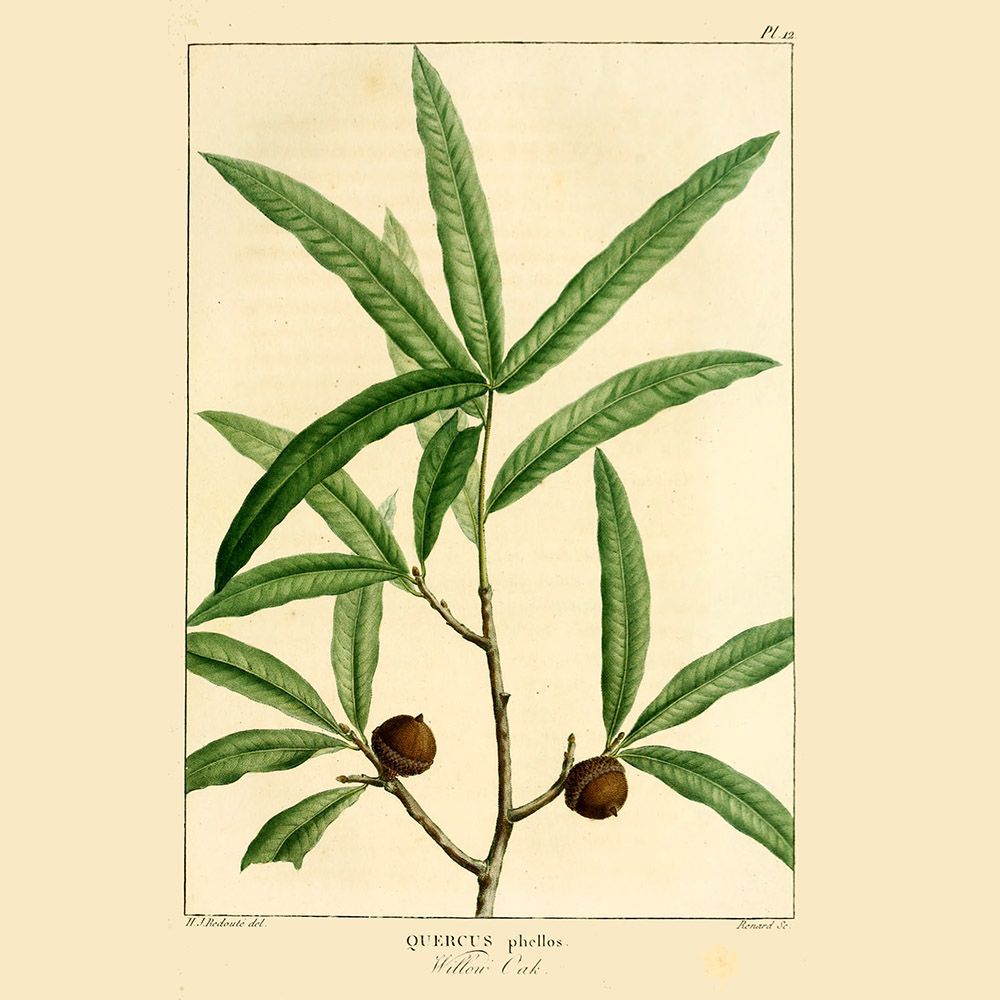FNPS Plant Database
Quercus phellos
Nomenclature
Common Name:
Synonym(s):
Genus species:
Family:
Fagaceae
Plant Specifics
Form:
Size:
Life Span:
Long-lived perennial
Flower Color:
Fruit Color:
Phenology:
Noted For:
Landscaping
Recommended Uses:
Considerations:
Availability:
Propagation:
Light:
Moisture Tolerance:
Always Flooded---------------------------------Extremely Dry
□□□□□□□□□□□□■■■■■■■■■■■■■■■■■■■■■■■■□□□□□□
Usually moist, occasional inundation -to- Somewhat long very dry periods
Salt Water Flooding Tolerance:
Unknown
Salt Spray/Salty Soil Tolerance:
Moderate. Tolerant of salty wind and may get some salt spray.
Soil or Other Substrate:
Clay, Loam
Soil pH:
Suitable to Grow In:
8A,8B,9A,9B

USDA zones are based on the average annual extreme minimum winter temperature.
Don't know your zone? Click here to search by zip code.
Ecology
Wildlife:
Host plant for the banded hairstreak, Edward's hairstreak, gray hairstreak, white-M hairstreak, Horace's duskywing, Juvenal's duskywing butterflies and many moths.
Acorns are eaten by woodpeckers, songbirds, ducks, small mammals, wild turkeys, white-tailed deer, quail and black bears
Provides cover and nesting areas for birds and squirrels
Native Habitats:
Natural Range in Florida:
Visit the USF Libraries Atlas of Florida Plants
Comments:
Ethnobotany:
General Comments:
Citations:
North Carolina Extension Service for information on the root system, wildlife usage and salinity tolerance (https://plants.ces.ncsu.edu/plants/all/quercus-phellos/)
https://www.pubs.ext.vt.edu/content/dam/pubs_ext_vt_edu/430/430-031/430-031_pdf.pdf (salt spray tolerance) http://hort.ufl.edu/trees/QUEPHEA.pdf (salt spray tolerance)
Burns, Russell M.; Honkala, Barbara H.; [Technical coordinators] 1990. Silvics of North America: Volume 2. Hardwoods. United States Department of Agriculture (USDA), Forest Service, Agriculture Handbook 654 ( https://www.fs.usda.gov/treesearch/pubs/1548 ).
Haehle, Robert G. and Joan Brookwell. 1999. Native Florida Plants. Gulf Publishing Company. Houston, TX.
Huegel, Craig, N. 2010. Native plant landscaping for Florida wildlife. University Press of Florida, Gainesville, FL. (wildlife uses)
Minno, Marc and Maria Minno. 1999. Florida butterfly gardening. University Press of Florida, Gainesville.
University of Tennessee Extension Service. Desired Ph Range and salt tolerance of common nursery plants. https://extension.tennessee.edu/mtnpi/Documents/handouts/Fertility/Desired-pH-Range-List.pdf accessed 2021.
Wunderlin, R. P., B. F. Hansen, A. R. Franck, and F. B. Essig. 2021. Atlas of Florida Plants ( http://florida.plantatlas.usf.edu /). Institute for Systematic Botany, University of South Florida, Tampa.







